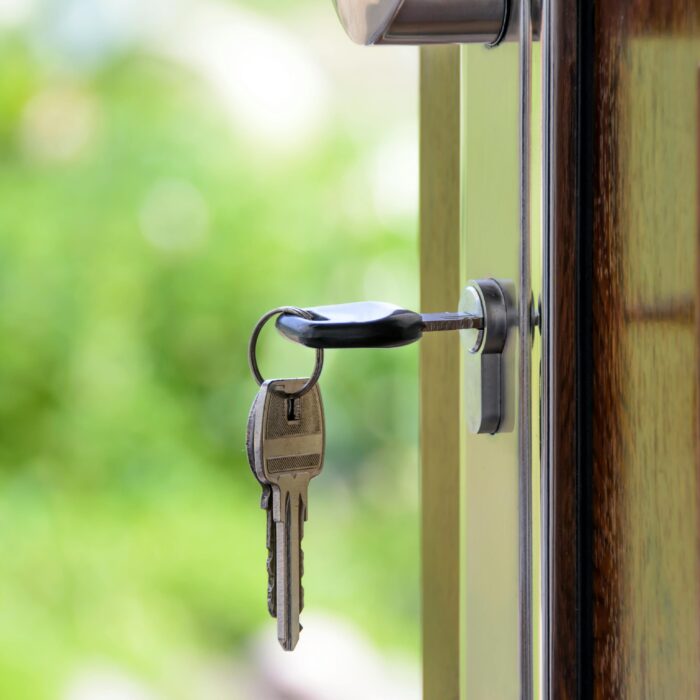Dubai, a city renowned for its rapid transformation from desert landscapes to an iconic skyline, is witnessing a significant shift in its real estate development strategy. A growing number of major developers in the United Arab Emirates (UAE) are opting to establish in-house contracting firms, moving away from their long-standing reliance on third-party contractors. This strategic pivot is driven by a desire to gain greater control over construction timelines, manage costs more effectively, ensure higher quality standards, and ultimately, maximize profits in a booming property market.
This trend, while promising increased efficiency and profitability for developers, also introduces new risks, particularly in the event of a market downturn. The move comes as Dubai’s real estate sector experiences an unprecedented surge, with property prices escalating significantly over the past four years and the government setting ambitious goals to double the city’s population by 2040.
The Driving Forces Behind the Shift
The decision by Dubai developers to bring construction in-house is a multifaceted response to the current dynamics of the city’s real estate market. One of the primary motivations is the desire to increase control and profits. By managing the construction process directly, developers can streamline operations, reduce overheads associated with external contractors, and capture a larger share of the project’s value.
Another significant factor is the struggle to attract bids from outside contractors. The booming construction market in Dubai has led to stiff competition for skilled labor and resources, making it challenging for developers to secure competitive bids from third-party firms. Imran Farooq, CEO of Samana Developers, noted a drastic reduction in the number of contractors bidding for projects, from 25-30 down to a mere two or three. This scarcity has pushed developers to internalize construction capabilities to ensure project continuity and avoid delays.
Furthermore, developers are keen to avoid penalties for project delays. In a market where billions of dirhams in buyer payments are held in escrow until project handover, timely completion is crucial for unlocking cash flow. Penalties for delays, though not always publicly disclosed, can be substantial, as evidenced by a Dubai court ordering a developer to repay 12.4 million dirhams ($3.38 million) plus interest over an undelivered floating villa. In-house construction offers greater certainty in meeting deadlines and mitigating such financial risks.
This shift aligns with Dubai’s broader vision of self-reliance in strategic sectors. By owning the entire development pipeline, from land acquisition to handover, developers gain greater certainty in an unpredictable market, contributing to the emirate’s push for economic independence and resilience.
Risks and Challenges of In-House Construction
While the move towards in-house construction offers numerous benefits, it is not without its risks. Industry experts caution that when developers attempt to become builders, they risk splitting their focus and stretching their teams too thin. This can lead to inefficiencies as resources are diverted from core activities like land acquisition, sales, and marketing to new areas such as procurement, site logistics, and subcontractor management.
Another significant concern is the potential for idle construction capacity during a market downturn. As Gordon Rodger, founder of construction consultancy Stonehaven, points out, a developer with a large in-house construction arm, including pre-cast yards, joinery divisions, and equipment, could face substantial losses if their master developer is unable to sell real estate, leaving these assets sitting idle . This highlights the cyclical nature of the real estate market and the potential for increased exposure during lean periods.
Furthermore, the shift could lead to independent contractors seeking work outside the real estate sector. As developers internalize construction, traditional contractors may be forced to explore opportunities in other industries such as government infrastructure, manufacturing, or oil and gas, potentially altering the landscape of the construction industry in Dubai
Conclusion
Dubai’s real estate developers are navigating a dynamic and rapidly expanding market by embracing in-house construction. This strategic move aims to enhance control, boost profitability, and mitigate project delays in a fiercely competitive environment. While the benefits are clear, the approach also introduces new challenges related to operational focus and market exposure. The long-term success of this shift will depend on the developers’ ability to effectively manage these complexities and adapt to the evolving demands of Dubai’s ambitious urban development plans.
References: Hadeel Al Sayegh and Luke Tyson. “Dubai developers bring construction in-house as demand surges.” Reuters






